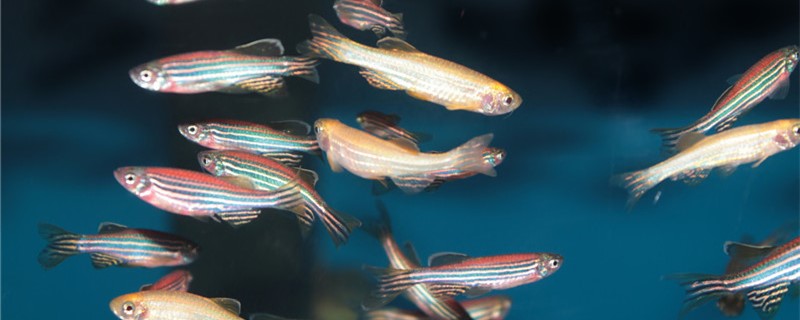
Viviparous fish need to be fertilized in vivo, and embryonic development is carried out in vivo. The nutrients needed for the development of small fish are obtained from the mother and the yolk. It is a complete fish after breaking away from the mother. Egg-laying fish is a mature egg discharged by the female fish, and then fertilized by the male fish to the eggs in the water. The process of fertilized egg development is carried out outside the mother's body, and its nutrition can only be obtained from the yolk. When it is mature, the small fish will hatch from the eggs. The reproductive process of zebrafish is that the mother fish lays eggs, which hatch in the water and then give birth to small fish. Therefore, zebrafish is a typical oviparous fish.
After four months of zebrafish growth, sexual function is basically mature. There are also late-developing fish that need five months to reach sexual maturity. When they are sexually mature, they can mate and reproduce. The breeding cycle of zebrafish is very short and the spawning rate is very high. Generally speaking, they can finish laying eggs every other week. When the water temperature is 24 C, the hatching time of fish eggs is 2 to 3 days. If the water temperature rises to 28 C, it takes only 36 hours to hatch small fish.
Therefore, the whole breeding cycle will last for 8 to 10 days. If the breeding environment is good, zebrafish can give birth to small fish every other week. Unlike other viviparous fish, zebrafish need to rest for some time after each birth before they can reproduce again. It can enter the next production without intermission, and can continuously reproduce 6 to 7 times in a year.